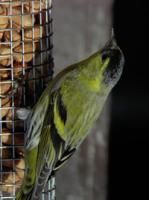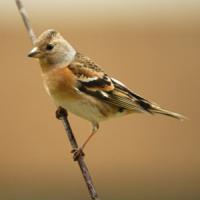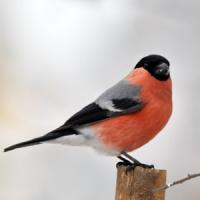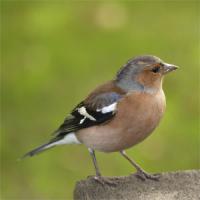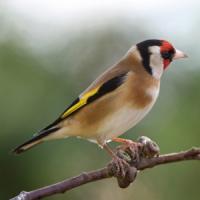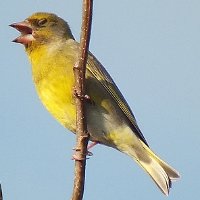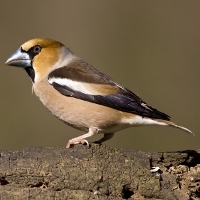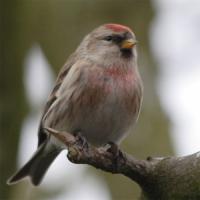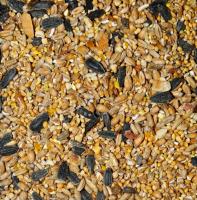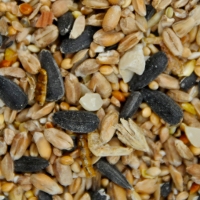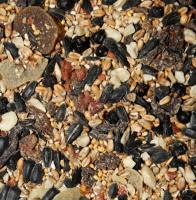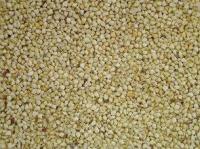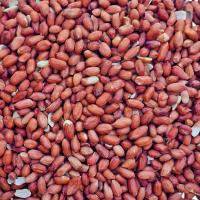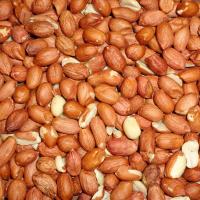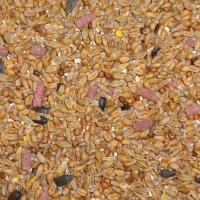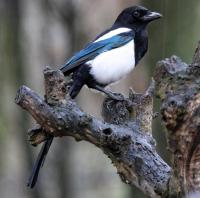- Home
- FAQs
- Customer Video Gallery
- Customer Photo Gallery
- Bird Facts
- Bird Food Blog
- Bird Information
- Feeding Advice
- Small Animal Information
- A to Z of Guinea Pigs
- A to Z of Hamsters
- A to Z of Rabbits
- Basic Care for Guinea Pigs
- Basic Care for Hamsters
- Basic Care for Rabbits
- Basic care for Chinchillas
- Basic care for Ferrets
- Basic care for Gerbils
- Basic care for Mice
- Basic care for Rats
- Buying a Healthy Small Animal
- Does your Reptile need a Licence
- Equipment for Ferrets
- Equipment for Hamsters
- Equipment for Mice
- Equipment for your Chinchilla
- Equipment for your Gerbil
- Equipment for your Guinea Pig
- Equipment for your Rabbit
- Keeping a House Rabbit
- Dog Information
- Cat Information
- Customer Information
- Fat Balls
- Suet Pellets
- Straights
- Seed Mixes
- Suet Treats
- Mealworms
- Bird Feeders
- My Account
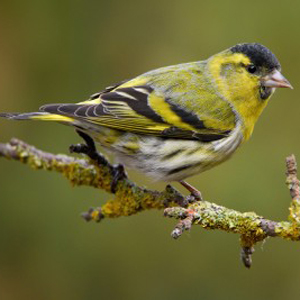
| Scientific Name | Carduelis spinus |
| Breeding | mid-March |
| Fledge Days | 13-15 |
| Incubation Days | 11-14 |
| Lifespan | 2 years |
| Number of Clutches | 2 |
| Number of Eggs | 2-6 |
| Size | 12cm |
| Weight | 15g |
| Wingspan | 22cm |
Siskin Facts - Information About Siskin
Siskin - Carduelis Spinus
The Siskin is an abundant British breeding resident with around 400,000 pairs, it occurs most frequently in coniferous woodland but also In other habitat types throughout the country, it can be enticed into the garden by presenting suitable food on the Bird Table or in Feeders, Siskins feed on seed so a good Seed Mix may bring them in, especially if you have pine, birch or alder trees nearby.
Identification:
Adult
- Males and females are easily recognised with their overall green grey plumage, males are brighter than females.
- They look like miniature extra bright Greenfinches.
- The Siskin is around 12cms in length.
Male
- Tail is slightly forked, dark with buttercup yellow sides, rump is bright yellow, back is moss green with dark streaking.
- Wings are dark green with bright yellow wingbar and pale yellow edges to the primaries and tertials.
- The Siskin has a predominately yellow/green head with greener cheeks and a black cap and bib.
- Throat and breast is yellow merging into a white belly and undertail coverts.
- Flanks shows some dark streaking.
Female
- Female Siskins are similar to males but lack the black cap and bib; breast is not as yellow and the rump duller and slightly streaked.
- Bill and legs pale, eye dark.
Juvenile
- Juveniles appear from late April onwards and look very similar to adult females but paler overall and heavily streaked above and below.
Status and Distribution
The Siskin is a fairly common breeding resident in the UK with about 400,000 pairs. The Siskin occurs in all counties throughout the UK during winter, in summer it breeds most commonly in coniferous woodlands.
In winter numbers increase in our gardens as food becomes more difficult to find.
Habitat/Food
Siskins feed on the seeds from Larch, Pine, Alder etc, but will visit the Bird Table and take food from Feeders, they occur in all habitat types throughout the UK, woodlands, parks, gardens, farmland, hedgerows towns and cities.
In the garden Siskins will feed on Seed Mixes especially if you live close to its preferred habitats.
Song/Call
Several call notes; most often a short loud ‘teeloo’, going down in tone, another nasal call ‘ploowee’ rising in tone. Song contains call notes and a series of twitters, wheezing notes and mimicry.
The following food is favoured by Siskin




